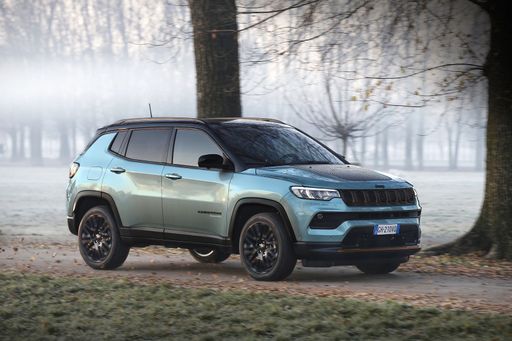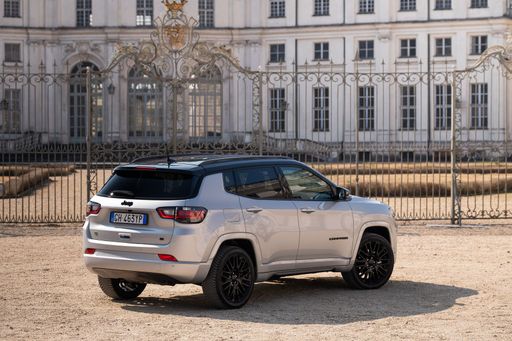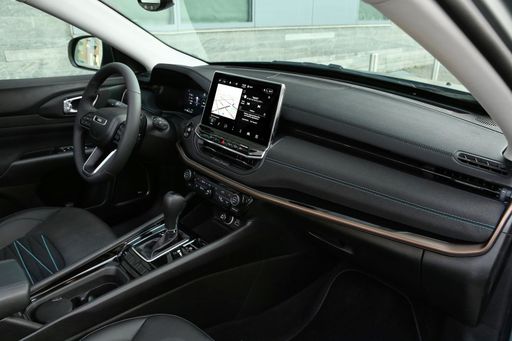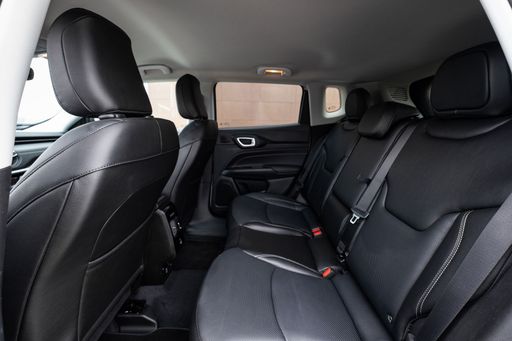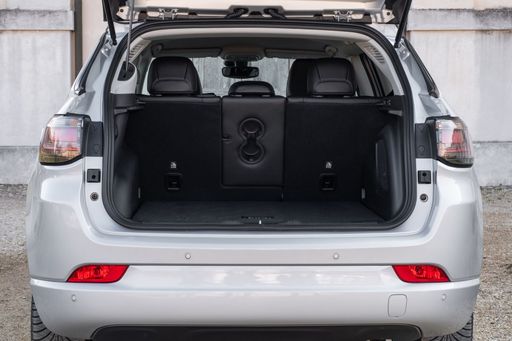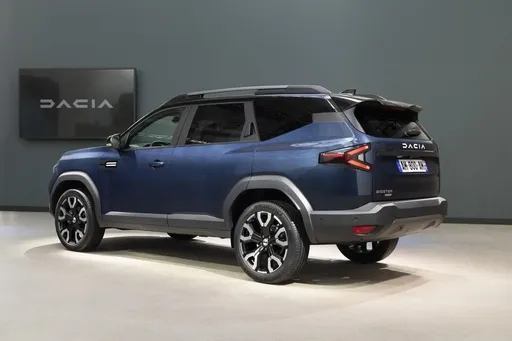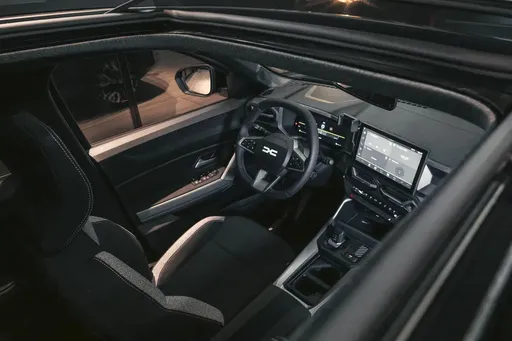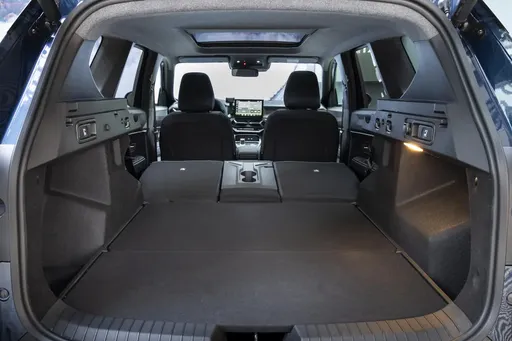Jeep Compass vs. Dacia Bigster: A Detailed Comparison of SUV Champions
In the bustling world of SUVs, two contenders stand out for 2024 and 2025 respectively—the Jeep Compass and the Dacia Bigster. Both vehicles offer unique blends of power, efficiency, and versatility, but which one is the right choice for you? Let's dive deep into their technical aspects and innovations.

